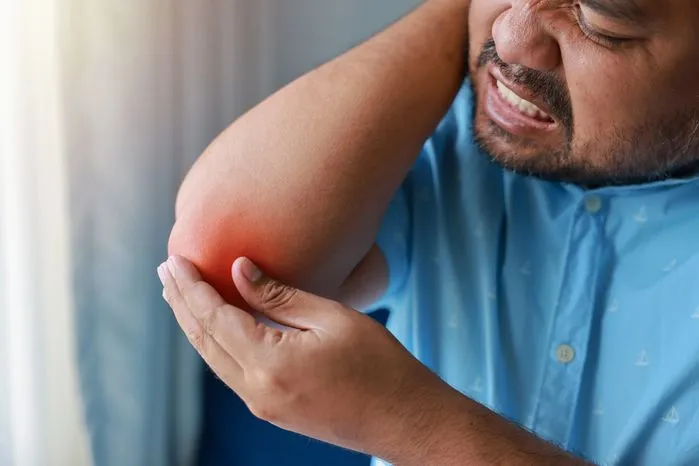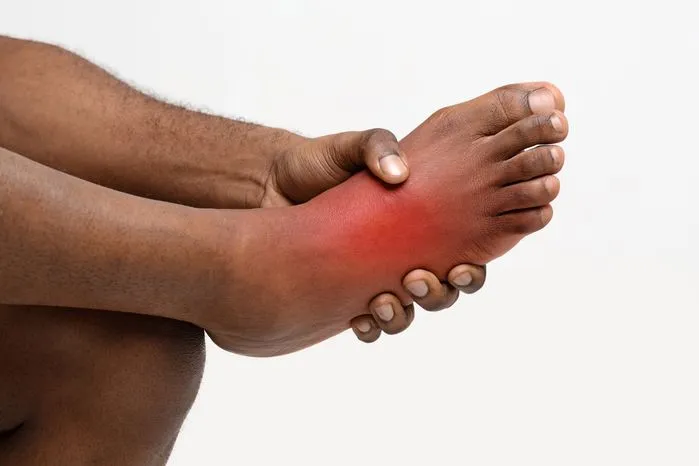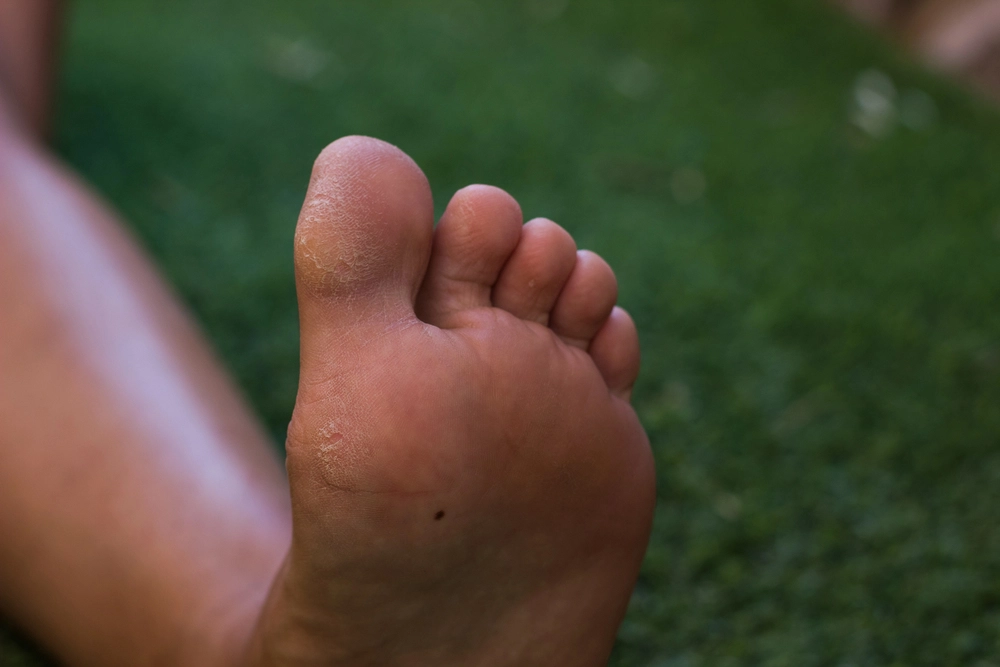
Bunions are among the most common causes of painful toes. A bunion, also known as hallux valgus, is a bony bump that forms at the metatarsophalangeal joint connecting the big toe to the foot. It majorly occurs when there’s a misalignment of the first metatarsal bones in the foot causing the big toe to bend towards (or even under) the other toes. The joint at the base of your big toe then sticks out and the skin over the bunion becomes red and painful.
Like a bunion, bunionettes (smaller bunions) sometimes develop on the joint of your baby toe. A bunionette deformity is sometimes called a “tailor’s bunion” since tailors once sat cross-legged all day, with the outer sides of the feet rubbing on the ground.
What Causes A Bunionette?
The exact cause of bunion deformity is unclear. However, certain factors like feet misalignment, the shape of your foot, or a medical condition, such as arthritis play a role. Bunions may result from an inherited problem with the structure of your foot. Flat feet, low arches, and loose joints and tendons all increase the risk.
The wrong footwear does not necessarily cause bunions. Instead, they contribute to the progression of deformity. Wearing tight, ill-fitting shoes that squeeze the toes into pointed or narrow boxes, force the toes to fold over another to fit in. Eventually, the bursa – a fluid-filled sac that cushions the joint – becomes inflamed making the entire joint stiff and painful.
High heels can worsen the problem since they tip the body’s weight forward forcing the toes into the front of the shoe. This explains why bunions are 10 times more prevalent in women than men.
Having certain types of arthritis, especially inflammatory types, such as rheumatoid arthritis can lead to bunion deformity. With rheumatoid arthritis, the immune system attacks healthy joints of the foot leading to inflammation and consequently joint deformity.
The shape of the head of the metatarsal bone determines the risk of bunion deformity. A metatarsal head that is too round means an unstable joint and is likely to cause bunions.
Symptoms of Bunion Deformity
The most common signs and symptoms of a bunion include:
- Difficulty moving your big toe
- Ongoing or periodic pain
- A protrusion on the outside of the base of the big toe
- Swelling, redness, or soreness
- Corns or calluses between the first and second toe
How to Treat Bunion and Bunionette Deformity
The metatarsophalangeal joint helps us bear and distribute weight during a range of activities. A deformed bunion can seriously impair the foot’s functioning and damages the other toes. An untreated bunion can cause a hammertoe. What is hammertoe deformity? This is a deformity that happens when the toe is bent at the middle joint – proximal interphalangeal (PIP) joint – resembling a hammer.
It then begs the question, can valgus deformity be corrected? Treatment for bunion deformity can only be arrived upon after physical examination of what causes a bunionette on the foot, and in some cases, an X-ray. The doctor will then recommend either surgical or non-surgical treatment.
Non-Surgical Treatments
Early treatment is aimed at easing bunion pain but doesn’t necessarily reverse the deformity. One of the first steps is wearing the right footwear. The shoes should preferably have a wide, flexible sole to support the foot and enough room to accommodate the bunion. Some excellent choices are sandals, athletic shoes, and shoes made from soft leather. Keep the heels not higher than an inch.
A physician may suggest how to avoid bunion surgery by opting for shoe inserts. These help in foot positioning as you walk. You can also treat bunion with moleskin or gel-filled bunion pads readily available at drugstores and pharmacies. Ensure your shoes have enough space to accommodate these inserts.
Warm soaks, ice packs, and NSAIDs such as aspirin may help to relieve pain from mild bunion deformity. Some patients are injected with cortisone for temporary relief. However, this can have many side effects if used regularly or in high doses.
How to Treat Bunion Using Surgery
Surgery is usually the last resort if all else fails. The aim is to restore normal foot function by eliminating the bony bump which is what causes hammertoe deformity and other bunion complications.
For mild bunion deformity, the surgeon might opt for a bunionectomy. This is a procedure where the enlarged part of the bone is shaved off and the muscles, tendons, and ligaments realigned. For moderate deformities, the bone close to the metatarsal head is cut to shift it back to the proper position.
In severe bunionette deformity, an osteotomy is preferred. In this surgical procedure, the orthopedic surgeon cuts at the base of the metatarsal bone, rotates it and fixes it in place with pins or screws.
Where can bunion be corrected? Both bunionectomy and osteotomy are performed by either an orthopedic, podiatrist, or any other foot surgery specialist in a hospital, surgical center, or doctor’s office. These surgeries potentially lead to the reoccurrence of a bunion or in rare cases, nerve damage if not done correctly. It’s advisable to seek guidance on how to avoid bunion surgery especially if the deformity is not that severe.

















